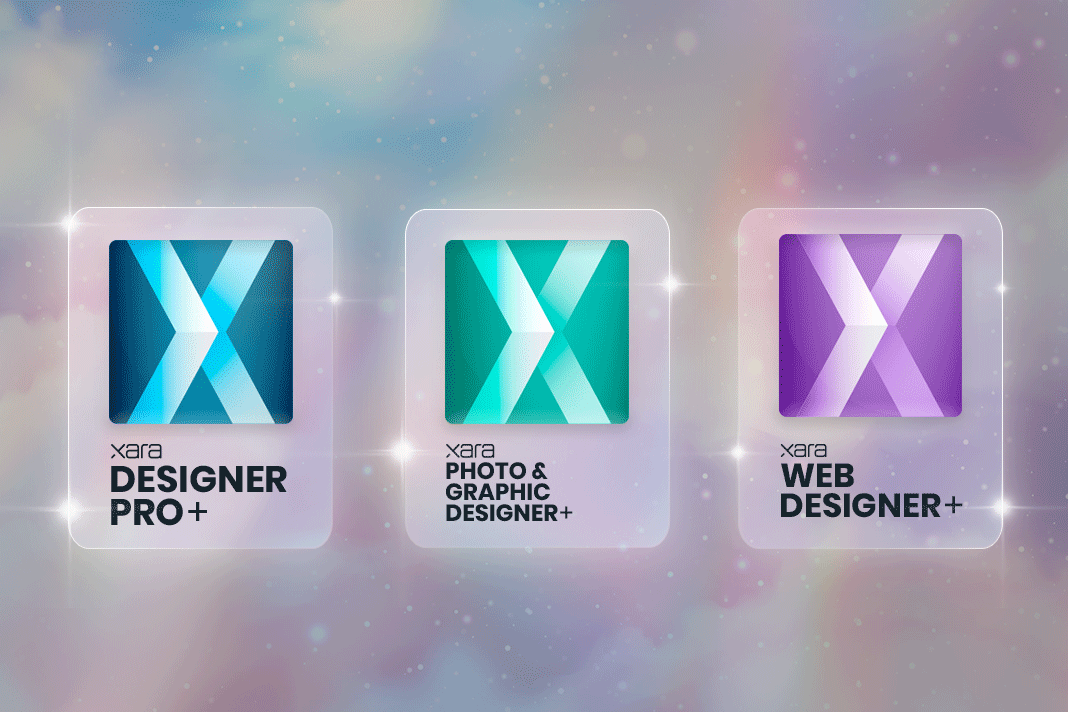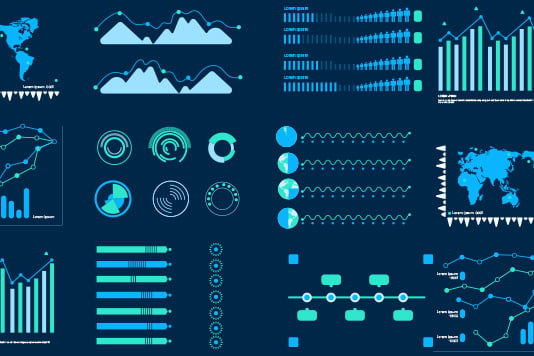Arguably the “father” (or, at least its most visible pundit) of functional design and startup fame, Steve Jobs said it best: “Design is not just what it looks like and feels like. Design is how it works.”
Design is how it works.
In start-ups and agencies, “how it works” can come down to the how the exchange of information – proposals, invoices, internal documents, case studies, content, any and all of the above – occurs: how it’s perceived and received.
But it’s also about how that information and communication gets presented. Ideally, you want to craft a process, coupled with well-designed documents, that works overtime to establish your brand’s identity, your product or service’s inherent value, and demonstrate your professionalism as well as approachability.
Getting design to work for you is a simple but powerful thing. To harness it, you’ll want to identify the area you’d like to improve (team communications? lead generation? traffic?) and get specific with the goal you want to achieve in that area.
This is where a combination of aesthetic and function can help make the whole “how it works” bit a seamless and profitable process.
Maybe, for now, what you’d like to do is get clients to call you back. Follow-up and close a high-quality lead. Experience way more flow and way less chaos in your internal communications. Streamline your sales and on-boarding system. Make things feel professional. Cultivate a process for project management that actually works.
Crafting a process for achieving any or all of these goals for start-ups depend on how documents within your company work for you, coupled with the aesthetic they’re communicating.
Hey, if a picture is worth a thousand words, then a well-designed brand and the documents or content it populates is worth at least twice that. Let’s take a look.
The 3 most common startup issues
Speaking to startup “employees” who have traded in their 24 hours for a slice of a dream-like future, many of them mention that getting off the runway is one of the most prevalent “issues” at the beginning.
Forget A-round and B-round funding – if you don’t have these pieces together for a strong foundation, they’ll say, you can kiss the proverbial “golden ticket” goodbye.
That’s a really significant idea because it implies that success isn’t just going to happen to you. You have to make it happen for you with a combination of clarity, productivity and simplicity to create meaningful impact.
1) Not getting noticed
One of the most pressing issues when first launching is simply getting noticed. Whether that translates to having more traffic, more eyes on your blog or content online, or simply getting more project proposals accepted, well-designed business documents may be the key to making this work. Assume from now on that the Von Restorff effect is always at work and that your antidote to hum-drum is to create drama by standing out.
InVision App offers case studies that are well-designed as a foundational way to get more eyes on your content, rank higher on search engines, while giving you or your team the opportunity to “put your money where your mouth is”, so to speak, demonstrating in an actionable way what you can do for your ideal client.
This also means that you’ll need to know your audience well. Designing business documents that are visually appealing is not a one-size-fits-all kind of solution.
As Ryan Olshavsky of Boxes and Arrows online journal notes, the culture of your audience matters. Essentially, your document’s visual design, which is a mixture of words, graphics and design-thinking to direct layout and flow, communicates your values to your audience but also should act as a mirror which reflects their values back to them. This is how you find alignment and get noticed.
“You must be aware of the ways in which your audience uses documentation, and when. What language does your audience speak—technical, marketing, design? What other kinds of documents do they use, and how? Does a paper document make sense, or would a presentation be more appropriate? You want your document to integrate into your audience’s culture, not disrupt it,” says Olshavsky.
2) Feeling like a fraud
What’s the ROI to a smart and clear design in documentation? Uh, how about not working from your mother’s basement because you’re in the big leagues now? Or feeling like a real professional, with a distinct, memorable brand?
The right images matter – and can lead to instant boosts in profit. Just ask Coca Cola, a brand whose success can directly be traced back to its consistent storytelling, on-brand documentation and tailored images.
Now you might not be in the business of ousting giant soft-drink vendors (power to you if you are!), but company image – which consists of brand elements, graphics, vetted marketing messages and language, internal brand culture and design – goes a long way in conveying to your clients that you’re “legit”, as the kids say.
3) Nightmare clients
Clients from you-know-where are not only the ones who don’t respond to you, may not follow-up with you, or demand crazy changes right in the middle of a project with absolutely no regard to the project’s budget.
They can also be the nice-looking ones that make you feel all fuzzy but then repeatedly fail to pay their bill on time. You know the ones: you’ve put in all the work, released their projects, helped them go live and yet…they’ve still only paid 75% of their bill. And that was 6 months ago, when they were forced to make a deposit for your contract to begin.
Ugh.
There’s a simple fix for this: alongside these 10 strategies, you may want to consider, you should also know that simply including your brand logo on invoices, proposals and communications can actually increase your chances of getting paid promptly by up to 300%? Yep. It’s that effective.
The best docs have these elements
Logos
Stick to your brand’s guidelines and take every chance you get to establish your recognizability and presence through the graphic representation of your logo. If it takes an average of 7 interactions before people will even notice what you’re saying, you can be sure a consistent logo is what will subtly get their attention each time.
Headings
Use headings throughout your document like anchors for attention. Format these based on brand color or design and use these consistently so the reader can simply look at a heading and divine the content from there. For example, “heading 2” may be for major sections while “heading 3” may be for pro-tip style blurbs.
Layout
How does your document flow and what’s the balance between text and graphics? Are the fonts legible and does it keep the reader’s attention? Does it include a healthy mix of testimonials alongside sales language? Is the information put out on the page in a way that makes full use of the space but also remains relevant to the reader and the section.
Typography
This is a big one, especially for proposals and on-boarding. If your clients are missing important information for logging in or getting started, it’s partially your fault. You’re not using the power of typography to capture their attention and effectively direct them to the information that’s most pressing.
Relevant photos and collateral brand graphics
There are plenty of free resources as well as premium subscriptions that can give you the ability to include high-resolution photos or use these photos to create magazine-type mastheads. Either way, you’ll need to have a healthy mix of graphics, photos and text to grab your client’s attention and keep it hooked.
Copy that converts
Rely on a wordsmith for this: your copy should be working double-time (especially if it’s a proposal). On the one hand, it should be communicating the most important points. On the other, it should be subtly converting your client’s “objections” into a “yes, they’re the one!” There is copy. And then there is copy that converts. You want to be the latter.
Get your docs to do more than just communicate
Get them to separate you from the crowd. Use well-designed docs to win proposals and hit profits. Harness the power of a functional document to streamline projects while using design to hammer home your brand’s story. How can visual design do this?
1) Repetition & reusability: Focus on repetition and reusability. The idea is to create a complete suite of templates that can be easily pulled by anyone on your team and instantly populated with copy or information. From sales and pitch decks to onboarding documentation to manage client expectations to a branded invoice to ensure you’re getting paid on time.
2) On-brand/consistent: Look at your documentation in the way a salesperson looks at their potential customers. Which is to say that every document you send out or relay to another team member is a “touch- point” and an “interaction” with your brand. This means you want it to be consistent, professional and aesthetically-pleasing. This builds trust and expectation over time.
3) Create a trigger: The combination of the first two, alongside all the elements your documents should have will, overtime, create an undeniable trigger for your clients. You’ll be subtly training them in the art of “expectation” – expectation of your brand, your business and what you bring to the table when you serve them. Your content – which is always a well-designed combination of crafted graphics and clever copy – is what they’ll quickly associate with you.
So shouldn’t that association be positive and work for you?
Sign up to Xara today for a free trial



 No credit card or phone number required.
No credit card or phone number required.